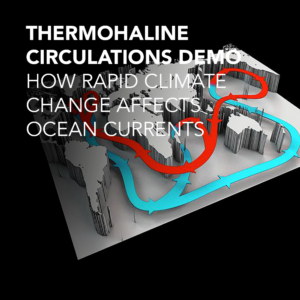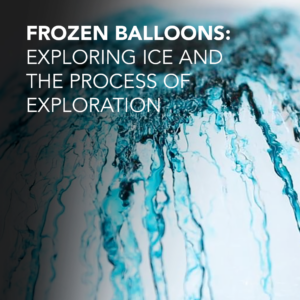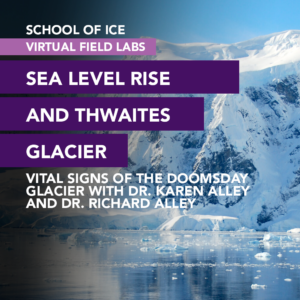Students build this drill model and then teach others about how ice cores are retrieved from under the ice sheets in Greenland and in Antarctica.
It is difficult to visualize what is happening underneath the ice sheets when the core barrel disappears down the borehole. This model helps students understand the drilling process and demonstrates the basics of how scientists and drillers retrieve ice cores from miles beneath the surface. The graphic part of the model represents the different layers of ice that the drill cuts through as it advances deep under the ice. Scientists study the air bubbles trapped in the ice to understand how Earth’s climate has changed in the past and how it may change in the future.
Key Concepts
- Snow surface—the newest snow
- Firn—old snow
- Firn-Ice Transition—as layers and layers of snow build up year after year, the pressure exerted on it causes it to change to ice
- Ice—contains bubbles of the gases in the atmosphere when the snow first fell
- Scientists can take direct measurements of the gases from the bubbles in the ice.
- The drill has diamond cutters that cut through the ice.
- The ice core is pushed inside the core barrel as the drill advances.






